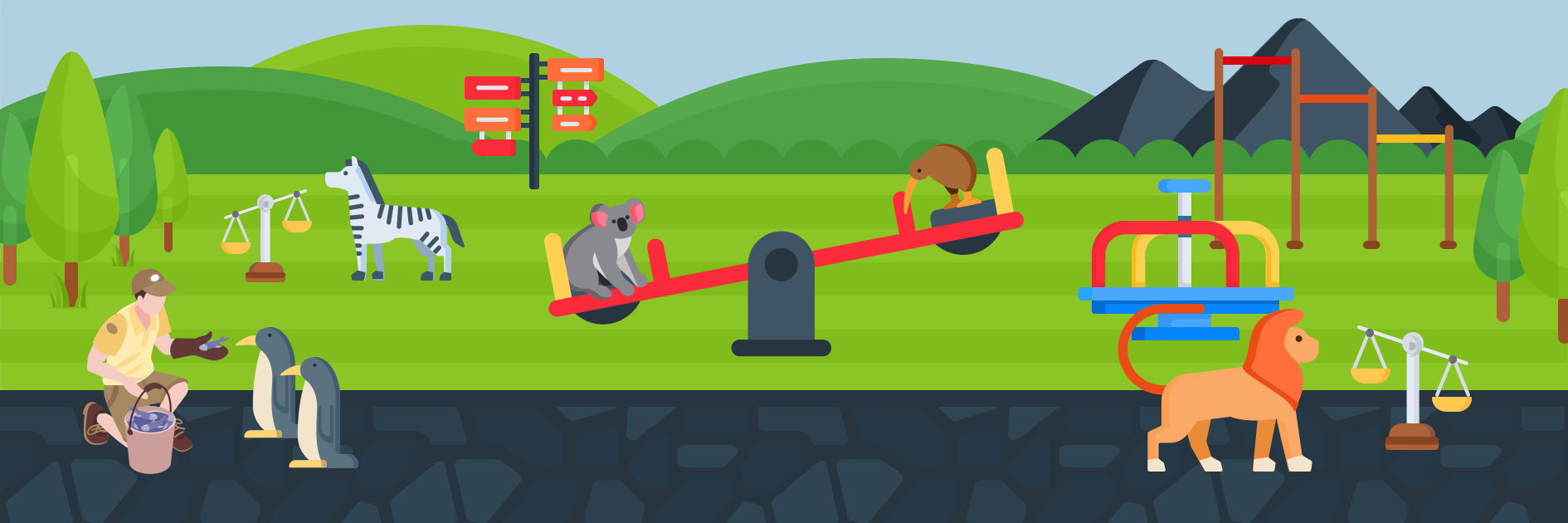32 The algebra of ratio
To convert a measurement, we usually translate it from one unit of measurement to another using a ratio.
Most of us are used to performing this kind of operation with a calculator. However, to be more confident in our results – especially for more complex ratios like the whisky example in the previous chapter – it might help us to first conceptualise what we’re trying to achieve using algebra. Recall that algebra is very useful for finding an unknown quantity in relation to something that we do know (like the length of 25cm in inches).
Metric and Imperial
 |
Graeme and Jaitesh are working together to make a deck. Jaitesh is more comfortable with inches, whereas Graeme went through school using centimetres. Both need to be able to make quick conversions from the other’s measurements.
Can you help by giving them a method they could use to quickly make the conversion if:
|
If you got stuck on part 3 of the question above, the video might help.
Ratios and conversion
Using ratios can be an algebraic strategy for converting units from one form to another. While this might seem over the top for simple conversions, it can make problem solving a lot easier if something more complex is occurring.
Let’s begin with a simpler conversion first just to demonstrate the concept.
Racing
 |
If there are 1.6 kilometres in a mile, how many miles are there in a 5 kilometre race? |
This, of course, can be answered more elegantly without algebra – [latex]\frac{5}{1.6}=3.125[/latex] miles. However, let’s look at it algebraically anyway, so that we can see how ratios work.
Kilometres to miles
Let’s start with the ratio of miles to kilometres, which is approximately
[latex]\frac{miles}{kilometres}=\frac{1}{1.6}[/latex]
Next, we’ll remind ourselves what it is we don’t know – as always with algebra, it’s important to identify this clearly. What we don’t know is ‘how many miles are there in 5 kilometres?’
Using the same ratio (miles on top), we could set this out like this:
[latex]\frac{miles}{kilometres}=\frac{x}{5}[/latex]
So, what next? All we need to do is to join the two together in a way that preserves the original ratio of [latex]1:1.6[/latex].
If we place this ratio on the left hand side of our equation, this will effectively mean that whatever we find on the right hand side will have to also preserve this ratio.
Let’s see how it works (remembering we have miles on top and kilometres in the denominator):
| [latex]\frac{1}{1.6}=\frac{x}{5}[/latex] | Multiply both sides by 5, the 5 under the [latex]x[/latex] cancels. |
| [latex]5 \times \frac{1}{1.6}=x[/latex] | By the rules of multiplying fractions, this becomes |
| [latex]\frac{5}{1.6}=x[/latex] | Swap [latex]x[/latex] to the left hand side (because it feels neater) and solve |
| [latex]x=3.125[/latex] miles |
Over to you
Now it’s time to have a go at a more complex conversion problem. If you’re really getting stuck, it’s simple to look up the conversion from kilometres per hour to any other unit of time and distance online – but try to have a go for yourself first.
Cheetah
 |
Cheetahs can run up to 130 kilometres per hour. Cheetahs love to hunt Springbok, which can reach a speed of 88 kilometres per hour.
A Springbok is being chased by a Cheetah. The Cheetah is 50 meters due West from the Springbok. However, there is a safe place for the Springbok to hide only 200 metres to the East. If both animals are moving due East at full speed in a straight line, will the Springbok escape the Cheetah? Extension Assuming there is nowhere for the Springbok to hide, how long will it take for the Cheetah to catch it? Answer to the nearest second. |


